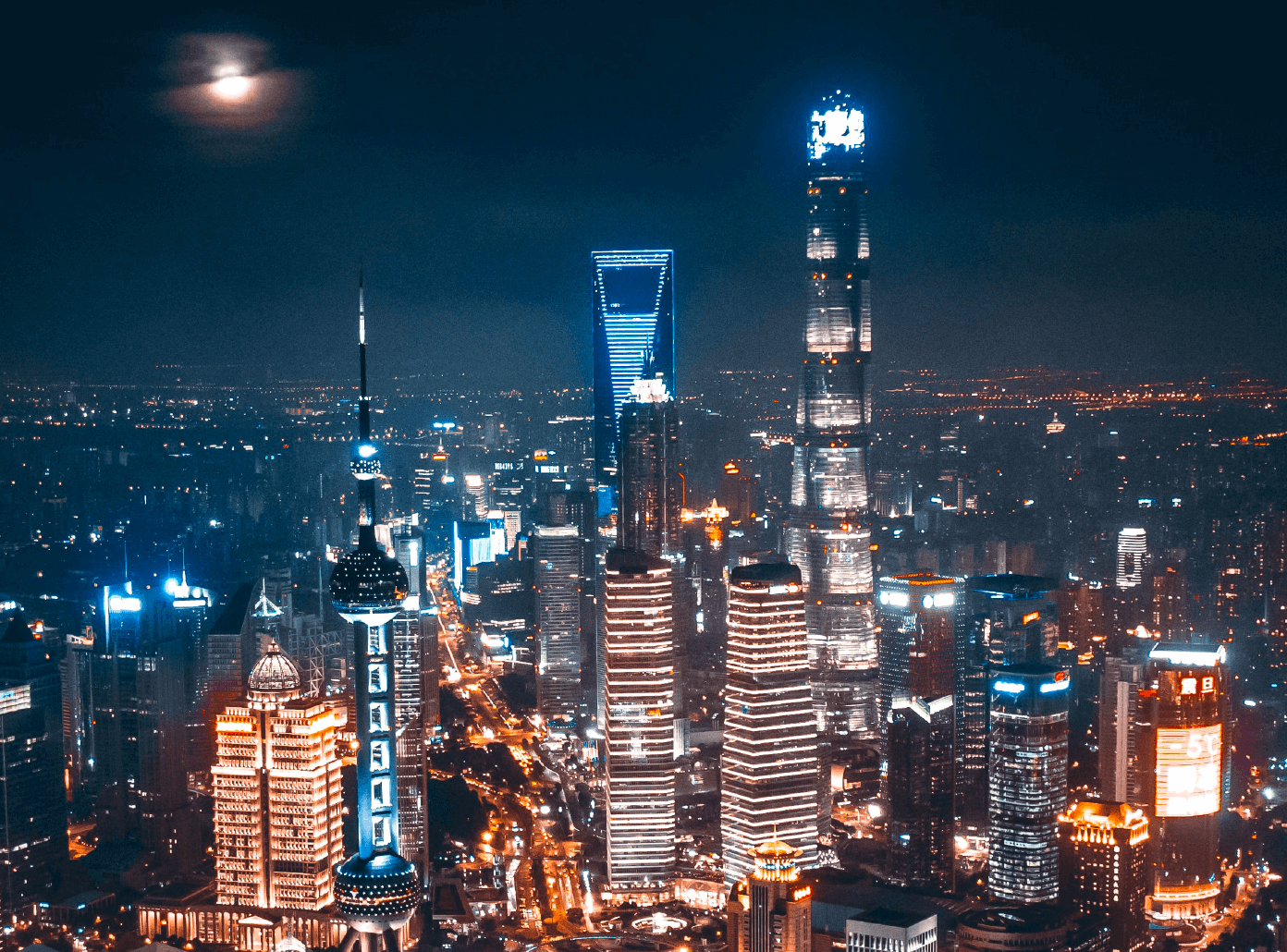Chinese government programs to promote “single champions” and “little giants,” under way since at least 2011, have received little international attention. Yet these programs offer unmatched, granular insight into where China has built industrial leverage, where its future efforts lie, the relevant companies behind those efforts, and, accordingly, relative US and Chinese industrial strengths. In essence, the list of “single champions” and “little giants” companies constitutes a detailed operative blueprint of China’s industrial standing, ambitions, and strategy.
Executive Summary
China’s industrial policy prioritizes developing leverage over international supply chains. Over the past decades of its industrial development, Beijing has made significant strides to this end. This matters for US-China geopolitical competition: China’s approach is designed to create asymmetric dependencies and access. Recent experiences ranging from the breakdown of the semiconductor supply chain to the shortages of medical and protective equipment in the early days of the COVID-19 pandemic underscore this reality. They have also elevated awareness of China’s supply chain dominance and corresponding risks in the minds of policy makers, corporate leaders, and consumers globally.
The “single champions” and “little giants” industrial programs should serve as a wake-up call for how advanced, sophisticated, and comprehensive Beijing’s industrial offensive is – and the extent to which US national and economic security depends on China.
.
Still, the full scope and detail of China’s industrial advantage and policy designs remain poorly understood. Beijing’s supply chain leverage often goes overlooked because that type of power is unconventional and beyond the scope of traditional competitive frameworks. Traditional statistics (e.g., per capita GDP, profitability) do not account for the strategic points of leverage that Beijing enjoys vis-à-vis the global system. And despite awareness of the high-level banners that guide China’s industrial policy (e.g., “Made in China 2025”), familiarity with its details, its comprehensive implementation, and firm-level positioning continue to lag. As a result, analysis may fail accurately to assess China’s competitive standing, to monitor it in detail, and to identify risks before they emerge. Some surface-level threats, like Huawei, are recognized – after they become major global players. The seeds from which they develop are not. Nor is the larger ecosystem of less obvious players that Beijing uses to accrue dominant positions across critical supply chains.
However, this deficiency can be resolved. It is possible to assess both the objectives and the accomplishments of the Chinese Communist Party’s (CCP’s) industrial development program – at the macro and the micro level – the players and investments behind it, and implications for supply chains and tech ecosystems. That can be done by monitoring and assessing the granular detail of Beijing’s centralized industrial policy, and provincial and municipal level manifestations. This report reviews a set of uniquely useful, and surprisingly overlooked, examples of such policy: The “Single Champion” and “Little Giant” programs.
“Single Champions” and “Little Giants” refer to almost 10,000 “specialized and advanced” small- and medium-sized enterprises (SMEs) selected and supported by the Chinese government for either their leading position in critical industrial nodes or their potential to establish such a position. These two programs and the companies they support offer unmatched, granular insight into where China has built industrial leverage internationally and relative industrial self-sufficiency domestically, its future efforts, and relative US and Chinese industrial strengths.
.
Chinese government programs to promote “single champions” and “little giants” have been under way since at least 2011. But they have received little international attention. This report seeks to resolve that deficit. It surveys the programs, their beneficiaries, and aggregate trends to find, among other key insights, that:
- The “single champions” and “little giants” programs – and their emphasis on the “advanced and specialized” – reflect and operationalize a deliberate CCP effort to dominate key nodes in critical supply chains.
- These programs offer granular insight into areas of particular dependence on China, and therefore vulnerability, in US and international supply chains; where China seeks to develop additional dependence; and the relevant Chinese companies behind that positioning.
- “Single champions” and “little giants” cooperate in mutually reinforcing partnerships that support Beijing’s efforts to develop vertically integrated industrial capacity.
The “single champions” and “little giants” industrial programs should serve as a wake-up call for how advanced, sophisticated, and comprehensive Beijing’s industrial offensive is – and the extent to which US national and economic security depends on the CCP.



